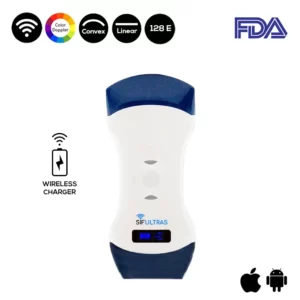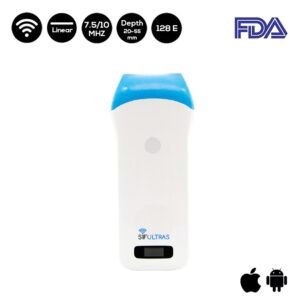Ultrasound-Assisted Rhinoplasty Procedure
Patients seek rhinoplasty, also known as nose surgery, for a variety of reasons. Indeed, nose shape problems can be acquired as a result of trauma, or they can be congenital or malformation. There are several techniques for nose remodeling. Each patient is assigned the technique that is best suited to his or her situation. Furthermore, depending on the complexity of the intervention, the surgical approach may be external or internal (endonasal).
Rhinoplasty is a surgical procedure that involves restoring the aesthetic harmony of the nose as well as correcting some functional issues that can interfere with breathing or the treatment of the deviation of the nasal septum
The type of corrective nose surgery that maxillofacial surgeons frequently do is called septoplasty, or nasal septum correction surgery. This surgical procedure is done to fix the breathing issues brought on by a deviated nasal septum. The process entails the careful removal of cartilage from the nasal septum, which is situated at the base of the nasal mucosa, using one or more specialized procedures as necessary.
Which Ultrasound Is suitable for rhinoplasty?
The Color Doppler Linear Wireless Ultrasound Scanner SIFULTRAS-5.34. For surgical planning and patient counseling, the SIFULTRAS-5.34 serves as a non-invasive technique that measures the quantity of remaining septal cartilage in the presence of prior septoplasty may be helpful. The color doppler scan of veins around the nose helps to lessen the likelihood of bruising and other complications during surgery. It also helps with pre-operative procedures, like anesthesia, which can save doctors’ time and alleviate patients’ discomfort by preventing incorrect and repeating infusions.
Reference: Using Ultrasound to Evaluate Nasal Septal Cartilage
Disclaimer: Although the information we provide is used by different doctors and medical staff to perform their procedures and clinical applications, the information contained in this article is for consideration only. SIFSOF is not responsible neither for the misuse of the device nor for the wrong or random generalizability of the device in all clinical applications or procedures mentioned in our articles. Users must have the proper training and skills to perform the procedure with each ultrasound scanner device.
The products mentioned in this article are only for sale to medical staff (doctors, nurses, certified practitioners, etc.) or to private users assisted by or under the supervision of a medical professional.



